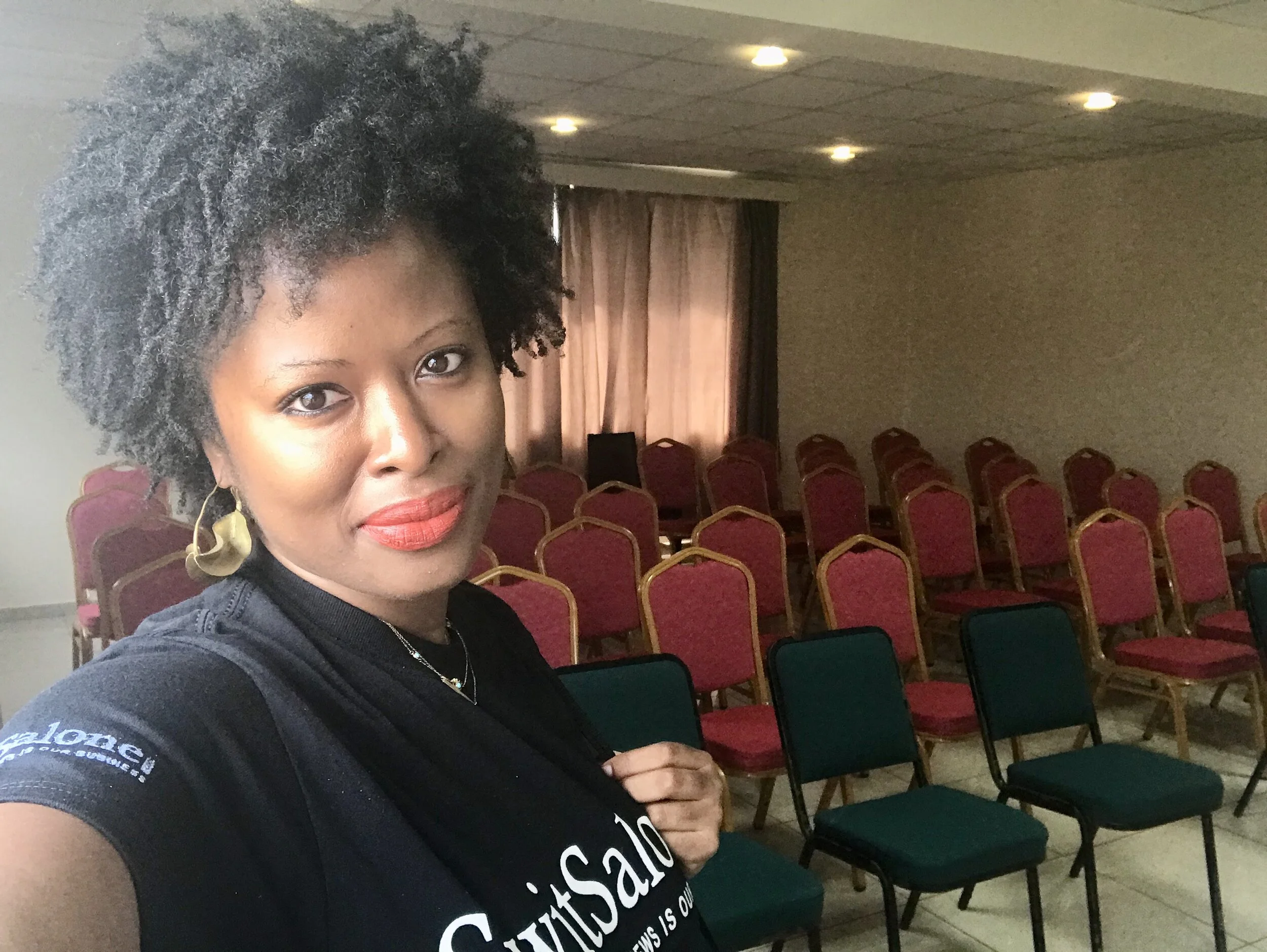How I used storytelling to raise $60,000 for Covid-19 relief in Sierra Leone
When the borders closed in Sierra Leone at the end of March, I tried to volunteer with the Ministry of Information to support the nation's risk communications. In April, I reached out to the Minister of Information, and we had several phone calls and email exchanges. In the end, nothing came of it - my offer of help was not accepted.
At the end of April, I gave up on follow-ups to volunteer. That same week A doctor's Facebook appeal led me to launch a campaign to raise funds for frontline health workers during
Seven weeks later, the C19 Dignity Project (made up of my staff and a friend) has raised $60,000 (SLL 600 Million). No other initiative launched during this period has been able to mobilize more funds from individual donors and reached as many COVID-19 facilities.
The secret to my fundraising success? What else could it possibly be but the mighty power of storytelling! It is the way people connect to the stories I write that drives them to take action. How you tell your narrative has the potential to build powerful connections with your audience. Whether you're looking to crowdsource funding for social good or a private venture, you'll never go wrong if you tell a compelling story.
Here Are 7 Ways You Can Improve Your Storytelling Right Now
· Tell stories about heroes
If you're trying to connect with your audience for a project, or campaign you need heroes. Tell stories about those who will benefit from your work and make them the hero of your campaign. Let your narratives highlight those overlooked characters who are doing the work.
· Interview your subjects
Conducting interviews with frontline health workers made it easier for me to understand the challenges at various facilities. And when it came time to write the stories, I used direct quotes from those interviews to connect audiences with the challenges faced. To connect your audience and your subjects, use direct quotes to amplify their voices.
· Find a common enemy.
When I launched my campaign, I knew that our stories needed to have a "bad guy"; every good story needs one. However, I had to make sure to choose the right "bad guy," and it couldn't be the government. The common enemy in my stories then was the loss of dignity. Often in trying to show need or rile up support, we try to play on low hanging fruit. In Sierra Leone, the low hanging fruit is always government dissatisfaction. The problem with that is that because everyone uses it, it is no longer compelling.
· Don't use poverty porn to sensationalize your stories.
Try to be as balanced and truthful as possible. Do not try to blackmail your audience with negativity emotionally. There is more than one way to frame a narrative. It doesn't have to be absolute darkness, as is often the case with tales from development actors looking for audience engagement and funds. In a country like Sierra Leone, whose national brand has been synonymous with gore, you must exercise common sense when framing your narrative.
· Photos & Videos
While you can tell a narrative without images and still connect with your audience, videos and photos are the best way to show proof. Photos are great for highlighting your characters, while videos documenting anecdotal evidence and methods will give you a more profound emotional response. For our fundraising campaign, we have photos at each facility we visited, and so far, we have produced three videos to document our work (Of Course, all of this is easy to do when you have an in-house team like I already do). If you don't have the human resources available to document with professional photos and videos, don't forget that your smartphone can serve the same function.
· Be clear about your methods.
Sometimes it is most comfortable to say what we want to do, but we don't always remember to explain the methods. To show your audience that you know what you are doing, make sure your stories include the steps you're taking to do your work. For the C19 Dignity Project, I was clear that we were collecting money and the channels. I also let the audience know how the funds would be spent. Lastly, once we made purchases and deliveries, we provided updates to the audience.
· Focus on the impact
Telling stories that make a case for why the work is essential are incomplete if they don't also capture the impact. The impact is the tangible results that you expect from the project. Successful projects focus on the effects on recipients, beneficiaries, or end-users. People want to support projects that will make a positive impact, whether short medium or long term. When you show results, you help the audience justify their engagement and support. If your project's impact includes both numbers and anecdotal evidence, then you've hit the jackpot.
Last words
COVID-19 may change a lot of things about the way we live and communicate. One thing you can expect to stand the test of time whenever the dust clears from the pandemic is that storytelling will always be a powerful tool to engage an audience and build relationships to mobilize resources.






